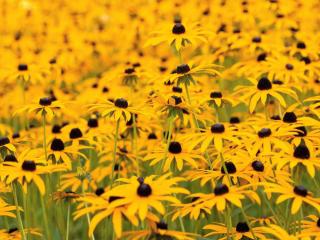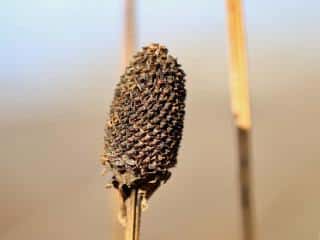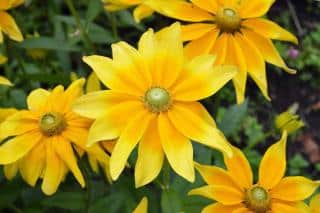

Rudbeckia, whether perennial or annual, is a beautiful flower with summer blooming.
Key Rudbeckia facts
Name – Rudbeckia
Family – Asteraceae
Type – perennial or annual
Height – 12 to 32 inches (30 to 80 cm)
Exposure – full sun
Soil: rich enough – Flowering: summer to early fall
Don’t be afraid of planting loads of them because their decorative impact is guaranteed and care is so easy. Its yellow color is unique in the garden!

For annuals, proceed to covered sowing during the month of March or sow directly in the plot starting in April.
In the first case, transplant to nursery pots in April and set in place during the month of May.
Usually, gardeners multiply their rudbeckia by dividing the clump.
 Propagate perennial rudbeckia through crown division in fall or at the beginning of spring.
Propagate perennial rudbeckia through crown division in fall or at the beginning of spring.An alternative is keeping and sowing seeds:
To boost flower-bearing, remove wilted flowers regularly (deadheading).
In fall, it is possible to cut back the clump of perennials to let them keep a tight, dense bearing. They’ll burst back to life in the following spring even more, and anyhow don’t have much ornamental value during winter.
Rudbeckia has huge needs in water, especially in summer. Proper mulch will help avoid a good deal of watering chores since it helps retain moisture in the ground.
Whatever the configuration – hedge, bed or bouquet – the rudbeckia will enchant you with the beauty of its flowers.

If you love butterflies and you wish to attract them to your garden, plant rudbeckia!
Lastly, if you prefer purple flowers, select the purple variety of rudbeckia called Echinacea purpurea.
This yellow daisy is easy to grow and doesn’t require any specific amendments.
Watering must be reduced to the barest: simply in case of hot weather and very dry air.